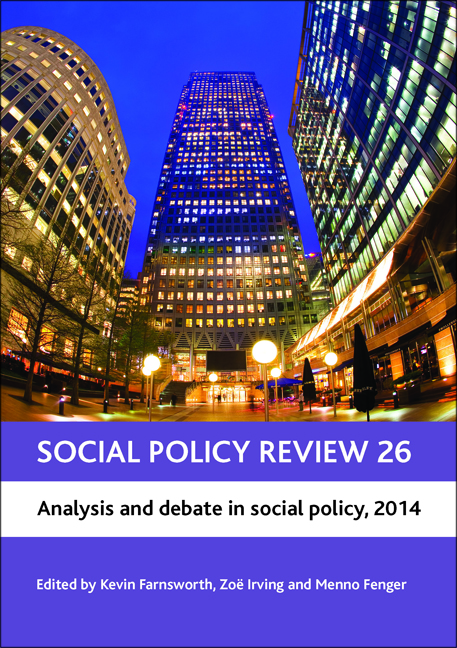Three - Warehouse, marketise, shelter, juridify: on the political economy and governance of extending school participation in England
Published online by Cambridge University Press: 07 March 2022
Summary
Introduction
In November 2011, the UK's Conservative-Liberal Democrat Coalition government drew back from the brink of criminalising 16- and 17-year-olds in England who did not participate in education, training or employment. It amended the legislation of the previous Labour government, whose 2008 Education and Skills Act (E&S Act) made failure to participate the subject of attendance notices and panels, breach of which would have resulted in fines. Failure to pay such fines would have made persistent non-participants eligible for custodial sentences. The Coalition's 2011 Education Act empowers the Secretary of State for Education to keep under review those clauses of the original legislation that require local authorities and employers to monitor and enforce young people's participation. The resultant suspension of what is in effect a law against non-participation is subject to review in 2016, which could yet trigger legislation to restore the original E&S Act's requirements.
Few recent policy reforms have a greater capacity to invoke the bitter education debates of the 1970s and 1980s than that of the E&S Act's apparently innocuous Raising of the Participation Age. Following the 2008 Act, since September 2013 all 16- to 17-year-olds have been required by law to extend their attendance at school or college for a further year, or to undertake specified part-time training alongside fulltime employment. In September 2015, this requirement will be extended up to the age of 18. This reform exhumes fundamental questions about the purposes of statutory state education that have been debated in struggles for more than a century and a half. Since the 19th century, profoundly contested claims about whether young people were better placed in school or in the labour market for an additional year have repeatedly exposed the motivations, social priorities and purposes of governments of all hues, and of interested groups. In varying guises, reformists, egalitarians, meritocrats, social conservatives and economic liberals lived out, through these and other related struggles, their ambitions for the kind of society they wished to shape. As we will see, many shades of these positions were in evidence in the parliamentary debates on the E&S Act.
These debates were occasionally heated, but their critical points of contention rarely percolated into public debate. This apparent indifference is historically rare.
- Type
- Chapter
- Information
- Social Policy Review 26Analysis and debate in social policy, 2014, pp. 47 - 64Publisher: Bristol University PressPrint publication year: 2014

